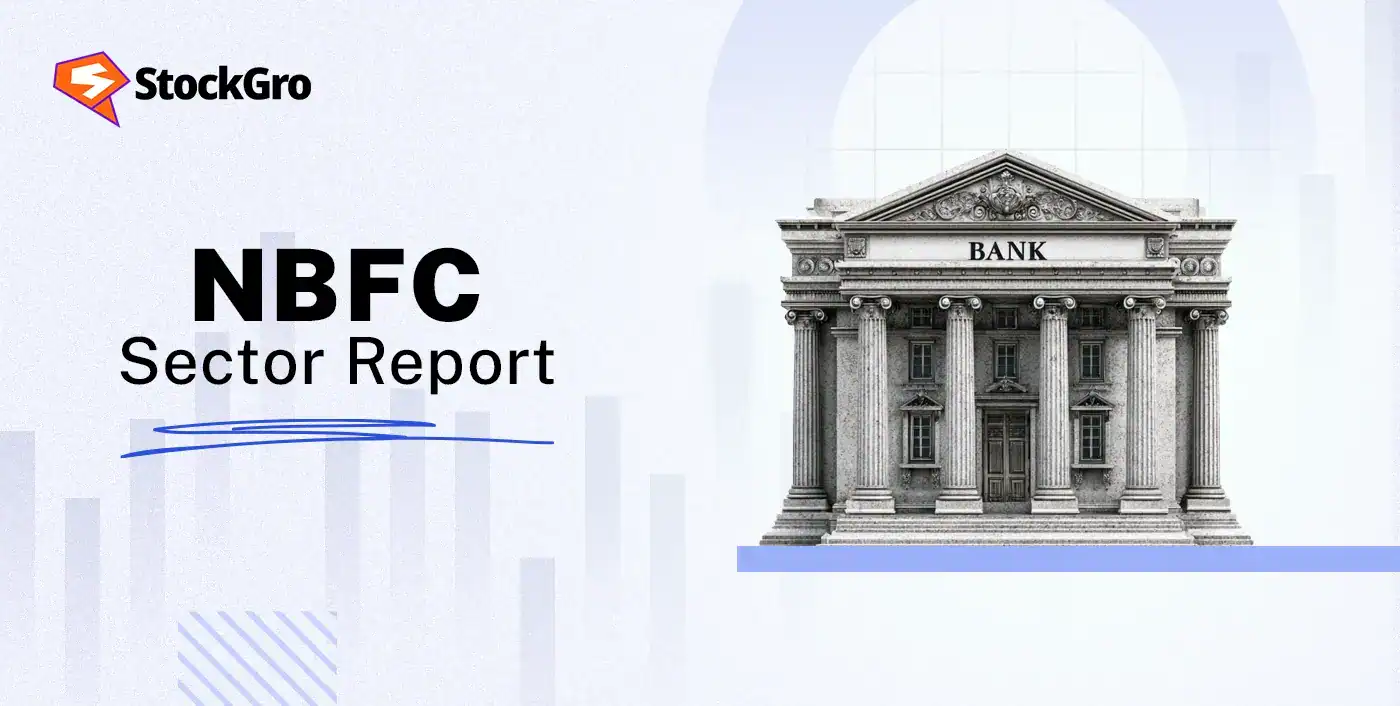
NBFC Sector Overview
Non-Bank Financial Companies (NBFCs) are financial firms that provide credit, loans, leasing, hire-purchase, asset finance and related financial services : but they are not banks. They sit between banks and end-borrowers and often fill gaps where banks do not lend easily: small businesses, last-mile retail customers, two-wheelers, used cars, gold loans, microcredit, micro-SME finance, equipment finance, and specialised project/infra lending.
Why NBFCs matter: they widen access to credit, speed up credit delivery, and build niche skills (microcredit underwriting, small ticket collections, asset finance). NBFCs have become a vital part of India’s credit ecosystem complementing banks and often growing faster in targeted segments.
How the sector is structured
Think of the NBFC world as several buckets : each runs differently and has different risks:
- Retail / Consumer NBFCs : personal loans, two-wheeler/used-car finance, consumer durable loans. High volume, small ticket, and close to customers.
- Microfinance (NBFC-MFIs) : tiny loans to low-income households with group or individual models; very collection-intensive.
- Gold-loan NBFCs : short-term loans backed by jewellery; very liquid collateral but sensitive to gold price and LTV rules.
- Housing Finance Companies (HFCs) : long-tenor home loans; earlier regulated separately, now broadly part of the regulated non-bank universe.
- Asset Finance / Equipment Finance : loans to buy machinery, commercial vehicles, construction equipment. Often linked to business cycles.
- Infrastructure & Project Finance NBFCs / IFCs : long tenors, higher ticket sizes, project risk.
- Investment & Credit Companies / NBFC-ICC : lend and invest across products; may have treasury activities.
- Systemically Important NBFCs (NBFC-ND-SI) : larger non-deposit NBFCs with higher regulatory scrutiny.
Growth Drivers
- Under-banked demand: Many small businesses and consumers still find formal bank credit hard or slow to access : NBFCs plug that gap.
- Product design & speed: NBFCs focus on fast underwriting, simple documentation, and tailored products (pay-as-you-earn loans, branchless onboarding).
- Specialisation: Deep domain expertise (two-wheeler loans, gold loans, MSME invoice financing) gives better risk pricing and collection playbooks.
- Distribution & partnerships: Channel networks, dealer finance tie-ups, and digital partnerships with marketplaces widen reach rapidly.
- Securitisation & market funding: Ability to sell loans or raise bonds allows scaled growth without matching deposits.
Major risks & regulatory points
- Funding & liquidity risk
NBFCs rely heavily on wholesale funding (bank lines, commercial paper, NCDs, external borrowings, short-term market paper). A sudden withdrawal or market dislocation can squeeze liquidity and force asset sales. - Asset quality / concentration risk
Many NBFCs lend to concentrated customer segments (e.g., gold loans, construction equipment, real estate). If that sector softens, NPAs spike quickly. Watch exposure to single large borrowers or cluster risks. - Interest-rate sensitivity & margin pressure
When policy rates rise, cost of funds goes up quickly. Retail NBFCs can reprice faster, but longer-tenor products (HFCs or infrastructure lending) face margin compression unless they hedge or have linked pricing. - Operational & collection risk
Microfinance and small-ticket retail lending are collection-intensive. Collections falter in stress (agri distress, lockdowns), quickly turning performing loans into slippages. - Regulatory & capital adequacy
NBFCs are regulated by the central bank (capital norms, reporting, liquidity frameworks). Systemically important NBFCs face tighter supervision. Any change in provisioning rules, capital requirements, or liquidity norms can force capital raises or slow growth. - Model / reputational risk
Aggressive acquisition with poor underwriting, or shady collection practices, can trigger regulatory action and loss of investor confidence
Practical financial metrics & what to track every quarter
For any NBFC, these KPIs tell you the health story which you should track religiously:
- AUM / Loan book growth (YoY, QoQ) : how fast the book is growing and whether growth is organic or via mergers.
- Yield on assets & Cost of funds : gross yield minus funding cost drives the Net Interest Margin (NIM).
- NIM (Net Interest Margin) : core profitability per rupee of assets (higher is better). Typical NBFCs have higher NIM than banks but more volatility.
- Gross NPA (GNPA) & Net NPA (NNPA) : raw measure of asset stress. Also track Stage-3 and restructured exposures.
- Provision Coverage Ratio (PCR) : how much of stressed assets are provided for : higher PCR = safer balance sheet.
- Return on Assets (RoA) & Return on Equity (RoE) : profitability; RoE is useful for equity investors.
- Leverage & Capital Adequacy (CRAR / Tier-1) : solvency and ability to absorb losses.
- Operating expense ratio / Cost to income : efficiency of the franchise.
- Collection efficiency / PAR (portfolio at risk) 30/60/90 days : especially for MFIs and retail portfolios.
- ALM / Liquidity mismatch : shortfall in near-term cashflows vs inflows; critical for funding risk.
- Funding mix : % bank borrowings, CPs, NCDs, securitisation, deposits (if any), FIs exposure. Diversified funding mix reduces roll-over risk.
- Securitisation & loan sales : volume and pricing; healthy use means capital efficiency but watch for distressed sales.
Valuation and Stock Market Trends
| Company | CMP(in ₹) | P/E | RoCE | 1Y Returns |
| Bajaj Finance | 1,016 | 36x | 11% | 40% |
| Cholamandalam Finance | 1,631 | 30x | 10% | 10% |
| Muthoot Finance | 3,247 | 21x | 13% | 72% |
| Sriram Finance | 666 | 14x | 11% | 1% |
| SBI Cards | 907 | 45x | 10% | 24% |
Conclusion
NBFCs are a vital growth engine for India’s financial system — flexible, specialised and close to customers. They offer attractive growth and returns, but the combination of funding risk, asset-quality sensitivity and regulatory oversight means investors must pick carefully. Favor NBFCs with diversified funding, strong collections, clear ALM policies and conservative underwriting. In a changing rate and macro environment, discipline and transparency separate winners from laggards.
If you found this helpful and want regular stock trade calls, check out my StockGro profile here: https://stockgro.onelink.me/vNON/6m6ykj0d
